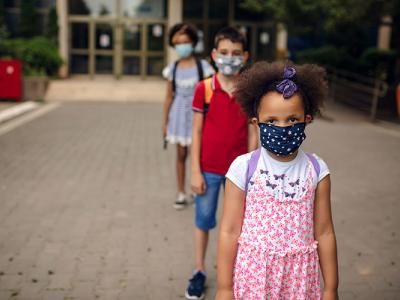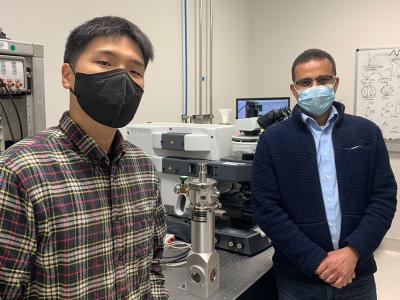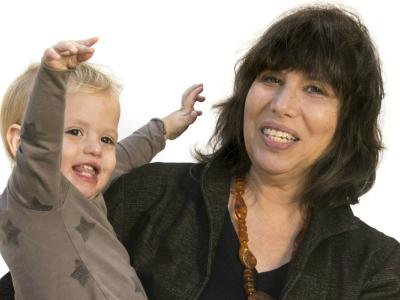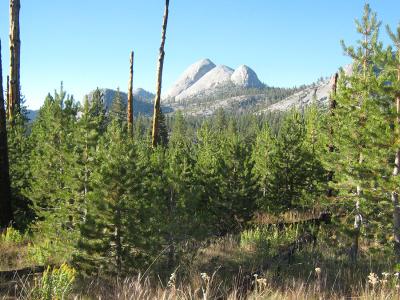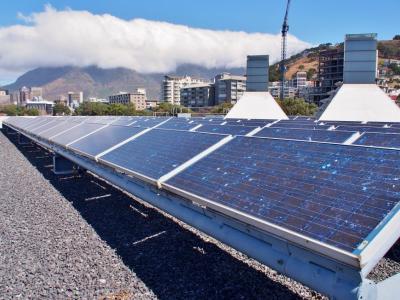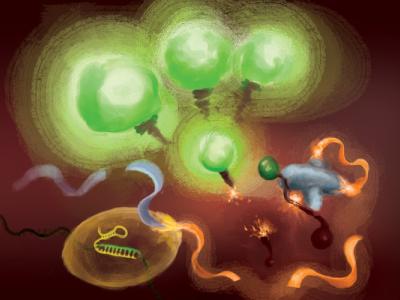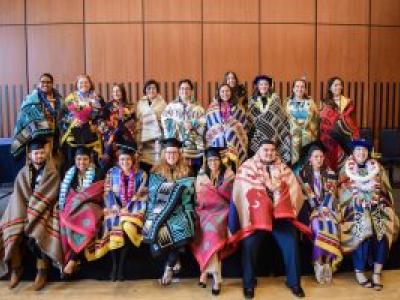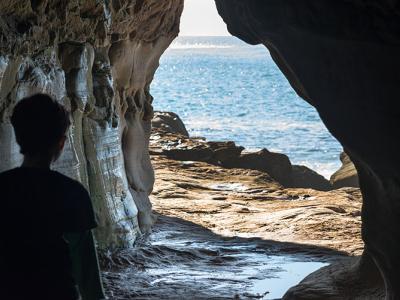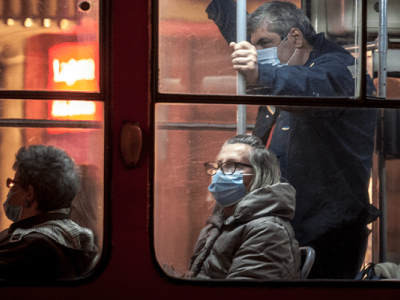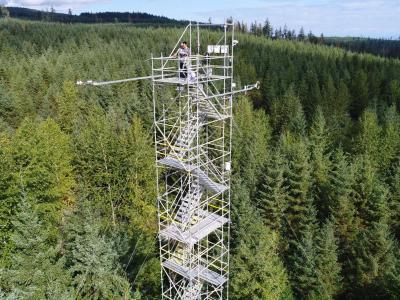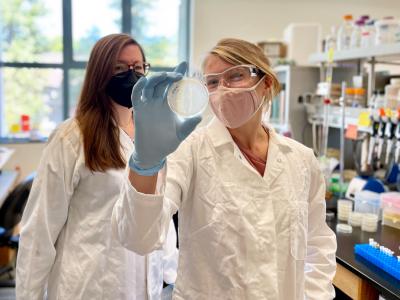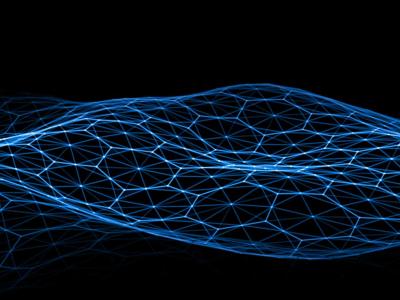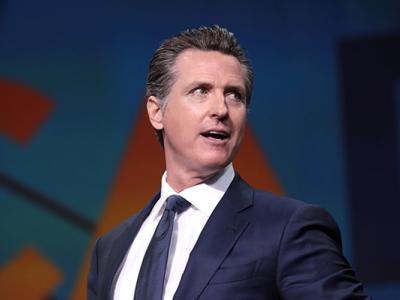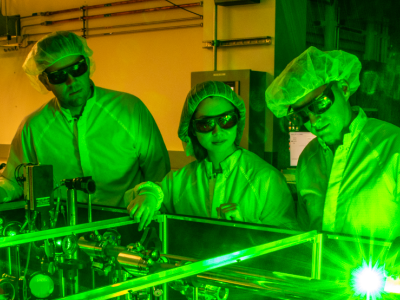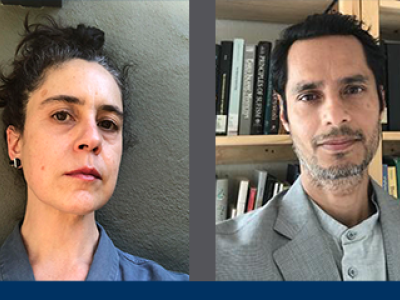Millions of U.S. students are returning to K-12 classrooms, and after the profound disruptions caused by the COVID-19 pandemic, many of their parents, teachers and principals are worried about the learning lost while students attended classes remotely.
Research News
Learn more about UC Berkeley's researchers and innovators.
Showing 993 - 1008 of 3499 Results
Stress and strain, applied in just the right manner, can sometimes produce amazing results. That is what researchers discovered about an emerging semiconductor material — black phosphorous (BP) — used to make two types of optoelectronic devices: light emitting diodes (LEDs) and photodetectors.
Psychologist Alison Gopnik, a world-renowned expert in child development and author of several popular books including The Scientist in the Crib, The Philosophical Baby, and The Gardener and the Carpenter, has won the 2021 Carl Sagan Prize for Science Popularization.
Scott Stephens is the senior author of a new study that gathers together decades of research documenting how the return of wildfire has shaped the ecology of Yosemite National Park’s Illilouette Creek Basin and Sequoia and Kings Canyon National Parks’ Sugarloaf Creek Basin since the parks adopted policies for the basins to allow lightning-ignited fires to burn.
To meet the development needs of a growing population, Africa’s electricity sector requires a major transformation. New research, co-authored at the UC Berkeley Goldman School of Public Policy, identifies five sets of complementary actions to put Africa’s electricity sector on track to sharply increase electrification rates and secure long-term access to affordable and cleaner energy.
Videos of squirrels leaping from bendy branches across impossibly large gaps, parkouring off walls, scrambling to recover from tricky landings are not just more YouTube content documenting the antics of squirrels. Researchers at UC Berkeley are capturing video of squirrels as part of their research to understand the split-second decisions squirrels make to elude deadly predators, research that could help with development of robots with better agility and control.
Frequent, rapid testing for COVID-19 is critical to controlling the spread of outbreaks, especially as new, more transmissible variants emerge. A research team at the UC, Berkeley is aiming to develop a diagnostic test that is much faster and easier to deploy than the gold standard qRT-PCR diagnostic test. The team has now combined two different types of CRISPR enzymes to create an assay that can detect small amounts of viral RNA in less than an hour.
The UC Berkeley Blum Center for Developing Economies announced today that a wide range of academic programing around food, energy, and water systems (FEWS) designed by and for Native Americans and other underrepresented student groups will expand substantially as a result of a new $10 million National Science Foundation (NSF) grant to the University of California, Berkeley and the University of Arizona, in collaboration with the American Indian Higher Education Consortium and more than 20 additional partners.
For U.S. workers and students who have toiled remotely in isolation or in pods for the past year and a half, reentering offices, classrooms and other old stomping grounds, starting this fall, is likely to range from exhilarating to downright nerve-wracking.
A discussion with Dr. John Swartzberg, UC Berkeley Public Health Clinical Professor and globally respected authority on infectious diseases and vaccinology, about the status of the pandemic, and where we should -- or can -- go from here.
A project led by Trevor Keenan has received $2 million in funding from the National Science Foundation (NSF) to continue essential research in understanding ecosystem-atmosphere interactions, and the response of these to environmental change. Named the FLUXNET Coordination Project, it will link over ten existing national and international networks focused on continuous observations of ecosystem-atmosphere interactions at over 1,000 locations around the world. The project will fill fundamental knowledge gaps in science, engineering, and societal issues associated with ongoing changes in ecosystem function and the related cycling of carbon and water.
Graduate student Kristen LeGault and assistant professor Kimberley Seed, both in the Department of Plant and Microbial Biology, specialize in the evolution of human pathogens and the viruses that infect bacteria, known as phages. Their recent study led to a key discovery about antibiotic and antiviral defense in cholera, as well as phage adaptation.
The National Science Foundation has awarded $20 million over five years to the Georgia Institute of Technology, the University of California, Berkeley and the University of Southern California to establish the National Artificial Intelligence (AI) Institute for Advances in Optimization. The award is among 11 new National AI Research Institutes announced today by NSF.
Less than two months before the recall vote, California Gov. Gavin Newsom holds only a narrow lead among voters most likely to go to cast a ballot, according to a new poll from the UC Berkeley Institute for Governmental Studies (IGS).
The Berkeley Lab Laser Accelerator (BELLA) Center at the Department of Energy’s Lawrence Berkeley National Laboratory (Berkeley Lab) has developed and tested an innovative optical system to precisely measure and control the position and pointing angle of high-power laser beams with unprecedented accuracy – without interrupting or disturbing the beams. The new system will help users throughout the sciences get the most out of high-power lasers.
The Office of the Vice Chancellor for Research and Global, International, and Area Studies, are pleased to announce the appointments of Natalia Brizuela as Chair of the Center for Latin American Studies, and Asad Q. Ahmed, Chair of the Center for Middle Eastern Studies.

